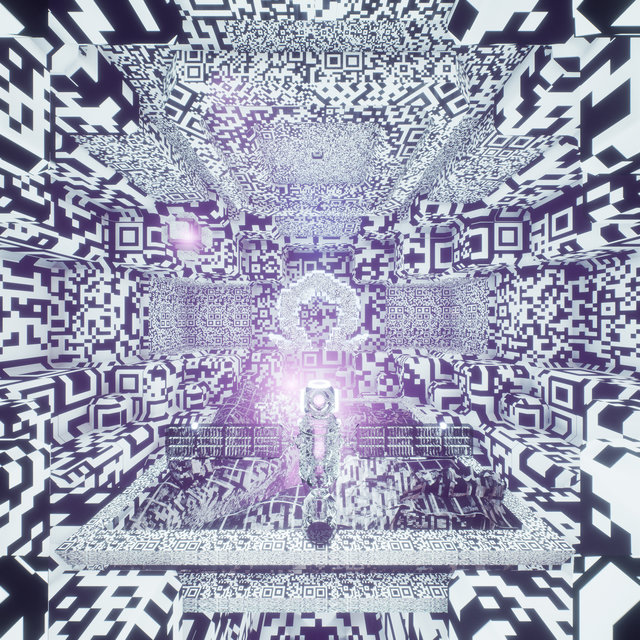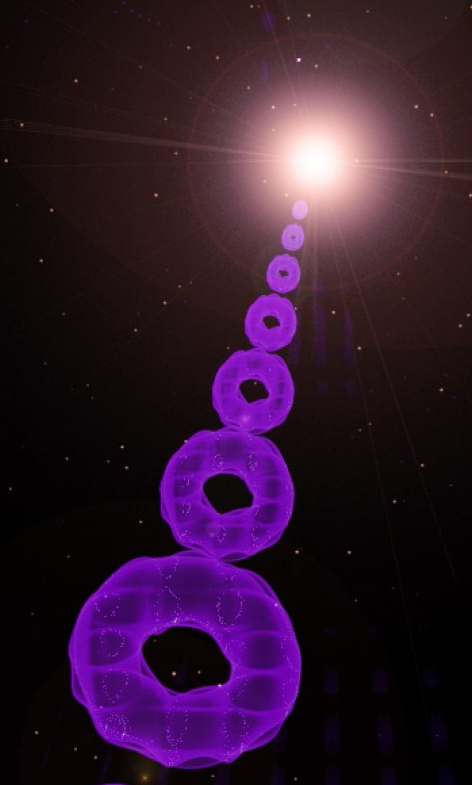
Sou Fujimoto Architects
على فوجيموتو
후지모토에
על פוג’ימוטו
НА ФУДЗИМОТО
Souk Mirage
The Souk Mirage, or “Particles of Light”, master plan is composed of modular structural system of arches that range in size according to program. Originally “inspired by the harmonious silhouette of traditional Bedouin tents,” the arches’ purpose is to provide a simple system of organization whose “unique and timeless architectural expression” provides the framework for an intricate retail, office and cultural center shaped around public plazas and atriums.




